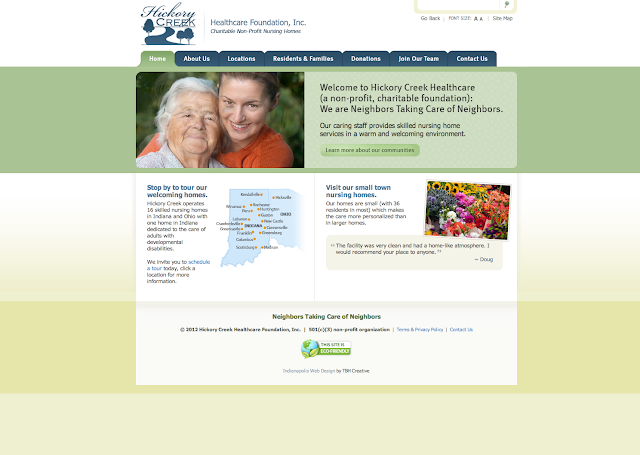Designing for your target audience is one of the most important factors to be aware of as a web designer. If you don’t know or understand the audience and how they behave, that is one of the first questions to ask and find the answer.
When I hear “target audience,” I always think back to my high school English class. The teacher would constantly tell us about the importance of our target audience. We used it for speeches, debates and more. English was always one of those classes where I would think, “when will I ever use this in the real world?” Well, here you go. Web and graphic design have a lot of focus on target audience.
Web Designer Depot wrote a great article called “Designing for Your Target Audience”. They outline several important steps to follow when designing.
Who are they?
What does your target audience do for a living? What do they like? How old are they?
It really helps to create several personas. Think about what kind of people will be viewing your design. Be creative, but also be realistic. Senior citizens have different likes than children. If you create a website with neutral colors, it will not be very appealing to children.
Some personas are very long and detailed, while other are short and to the point. You can find examples on several websites. Just Ask has a few example personas. Create the personas that will best define your target audience.
Example persona:
Billy is an 8 year old going to a local public elementary school. He likes playing soccer and basketball. He also loves spending time on the computer. Interactive games are his favorite part class. Each day, his teacher allows 30 minutes of computer time. Computer games are Billy’s favorite way to learn. His favorite websites are very colorful and contain a lot of movement.
Do the research.
Research? You have to do research? Yes, but not the kind of research you did in high school and college. The easiest way to do this is by a survey. Once you have figured out your target audience, get a survey together. It can either be online or paper, casual or formal. Gather some questions to ask your target audience. For example, you could ask what makes them want to purchase something: a) packaging b) quality of product c) advertisements, etc. Surveys will help you understand what your target audience wants. Don’t be afraid to leave open ended questions! You’d be surprised how many people actually take the time to leave useful comments.
What are you doing?

Now that you’ve completed your research, it’s time to figure out exactly what you’re trying to design for. What is the goal? Are you selling a product, service or both? For example, web designer portfolios usually try to sell services. They very rarely advertise strictly web design. They include other things in the same area, such as, graphic design, print design, web development, usability, search engine optimization, etc. If you only have one service or one product, that’s fine, but try not to close your mind on all of the additional possibilities out there! This is a great time to go back and study your research: what do the customers want?
Design basics.
“Above the fold” has been a term used for several decades. It refers to newspaper prints, but we have started using this term in web design. Most important items need to be above the fold. Discuss what your business needs. Do you need a new logo? Print materials? Brochures? Product packaging?
Examples of design with a distinct target audience in mind:
PBS Kids’ website focuses on children in preschool and elementary school for their target audience. Their website is very colorful and playful. There are plenty of interactive things children can do. There is also a secondary section at the bottom for “grownups” if the parents want to learn more about PBS Kids — in this design, elements are toned down and colors are shifted to a more white and ‘open’ composition.

Hickory Creek Healthcare’s website focuses on senior citizens and their caretakers. The neutral colors appeal to adults. Adults are most likely coming to the website for information on the nursing homes.

Thinking about updating your company’s web design to appeal to the correct target audience? TBH Creative specializes in graphic design as well as other important parts of your marketing strategy (web design, logos and more). Whether you just need a makeover or need to start from scratch, we can help!

